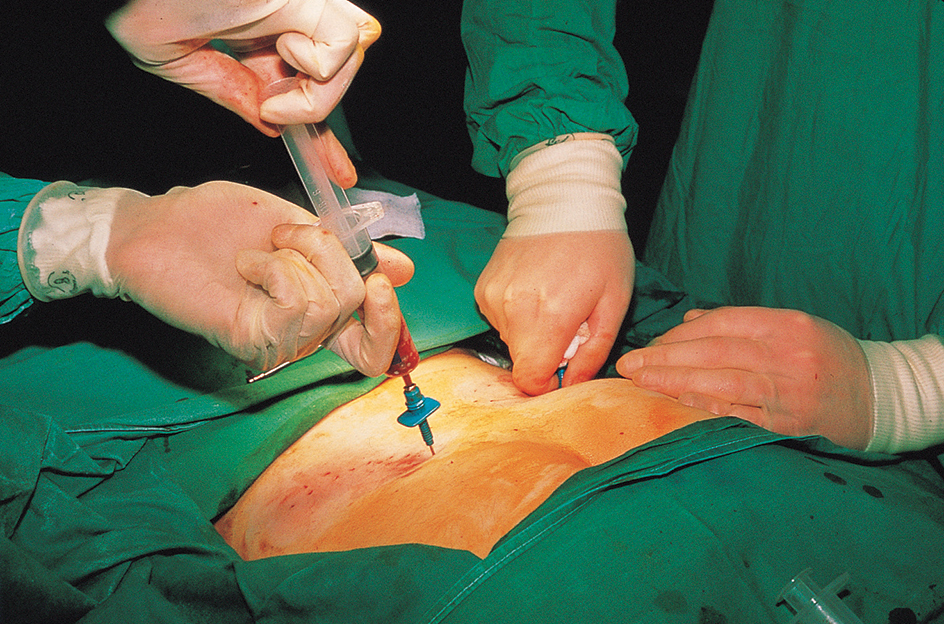Bone marrow transplant is a medical procedure in which diseased or defective bone marrow is replaced with healthy marrow. Bone marrow is the tissue within bones that produces blood cells. Certain diseases, such as leukemia or sickle-cell anemia, impair bone marrow function. Some cancer patients need a bone marrow transplant. The high doses of drugs or radiation given to treat their cancer also destroy bone marrow.

Prior to transplant, physicians destroy the recipient’s bone marrow with drugs, radiation, or both. Doctors may also administer drugs to suppress the patient’s disease-fighting immune system. They suppress the immune system so it cannot reject (attack) the transplanted cells. These treatments leave patients vulnerable to infection. They must be isolated until their new bone marrow functions normally.
The cells of the bone marrow donor and the recipient must have similar HLA antigens. These antigens are substances that cause an immune reaction if not matched. Family members usually make the best donors. Patients can also receive a transplant from an unrelated person whose HLA genes match their own. Cancer patients scheduled to receive treatments that will destroy their bone marrow can donate their own marrow for an eventual transplant. The bone marrow cells can be frozen and stored for years.
Some immune system cells of the donor are transplanted along with the bone marrow. These cells can attack the cells of the recipient in a serious reaction called graft-versus-host disease. The risk of this reaction increases when the donor and recipient are not a good HLA match. In leukemia patients, the same immune reaction attacks any leukemia cells that remain after treatment with drugs or radiation. This otherwise harmful reaction helps ensure the leukemia will not return.
Doctors transplant bone marrow by injecting it into the recipient’s bloodstream. Bone marrow contains cells called stem cells that can develop into many types of cells. The transplanted stem cells migrate into the patient’s bone marrow spaces. In the marrow, they begin producing healthy blood cells.
Blood from the discarded umbilical cord and placenta of newborn babies, called cord blood, is also a source of stem cells. A delivery-room team can easily collect this blood minutes after birth. The collection does not disturb the mother or child. Stem cells from cord blood are less likely to cause graft-versus-host disease when transplanted, even without a good HLA match. Physicians can use these cells for patients in need of a bone marrow transplant when no suitable donor can be found.
